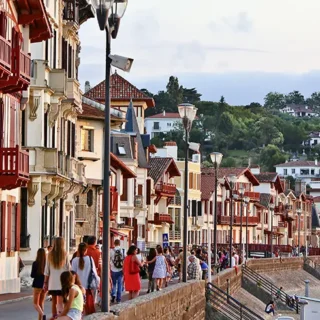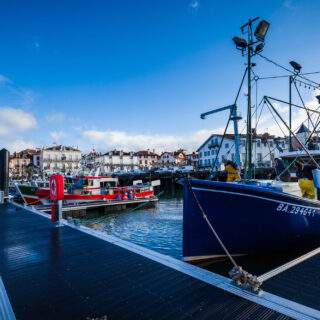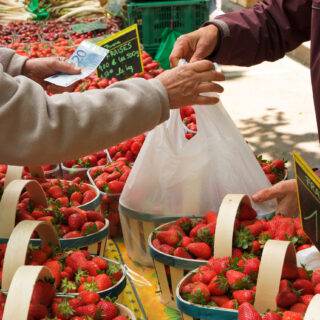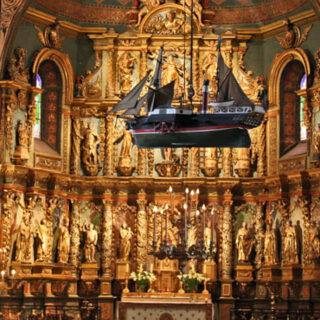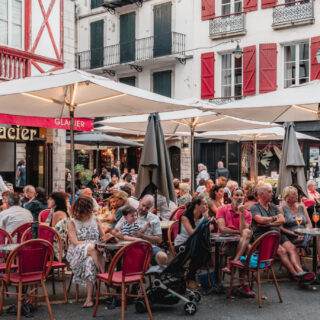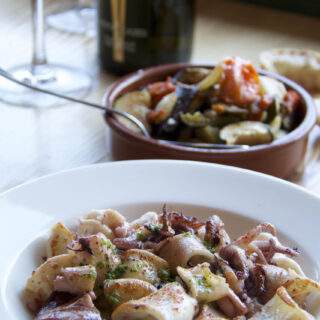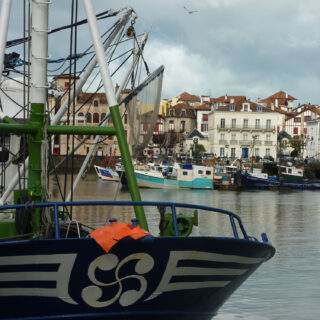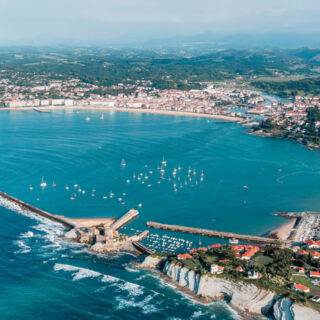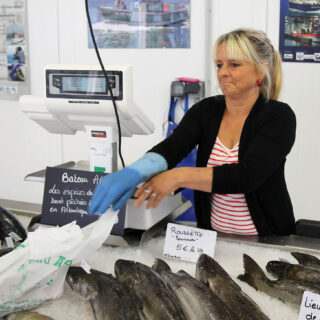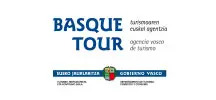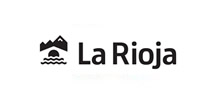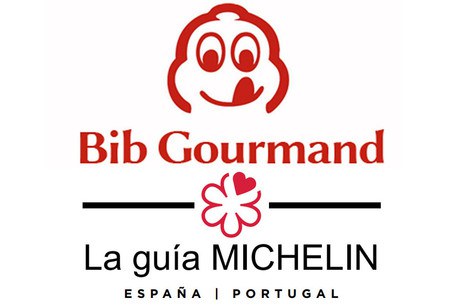Saint-Jean-de-Luz boasts a calm crescent-shaped bay with a beautiful beach of fine sand.
From the Pointe Sainte-Barbe up to the Fort of Socoa, the Sant Jean de Luz – Ciboure bay offers a lovely 4 km walk sheltered from the ocean waves by its natural shape and by its sea walls. The view from the Sainte-Barbe lighthouse is truly impressive. The port has been witness to whaling and then the fishing of sardines, cod and tuna, forging the reputation of the Basque fishermen.
At the other end of the bay, stands the imposing Fort of Socoa, constructed in 1627. The port can be reached on foot, to admire the beautiful colourful boats that give this place its charm. The Pays d’Art et d’Histoire (Land of Art and History) label granted in 2016 to the towns of St Jean de Luz and Ciboure, serve to confirm the rich local heritage.
Saint Jean de Luz was an important whaling port, and is now noted for fishing tuna, sardines and anchovies. Over the centuries it has become a famous coastal city that has maintained its true character by preserving its beautiful heritage: the Maison de l’Infante (the house of the daughter of the King of Spain before her marriage to Louis XIV) and the Basque Ecological Museum.
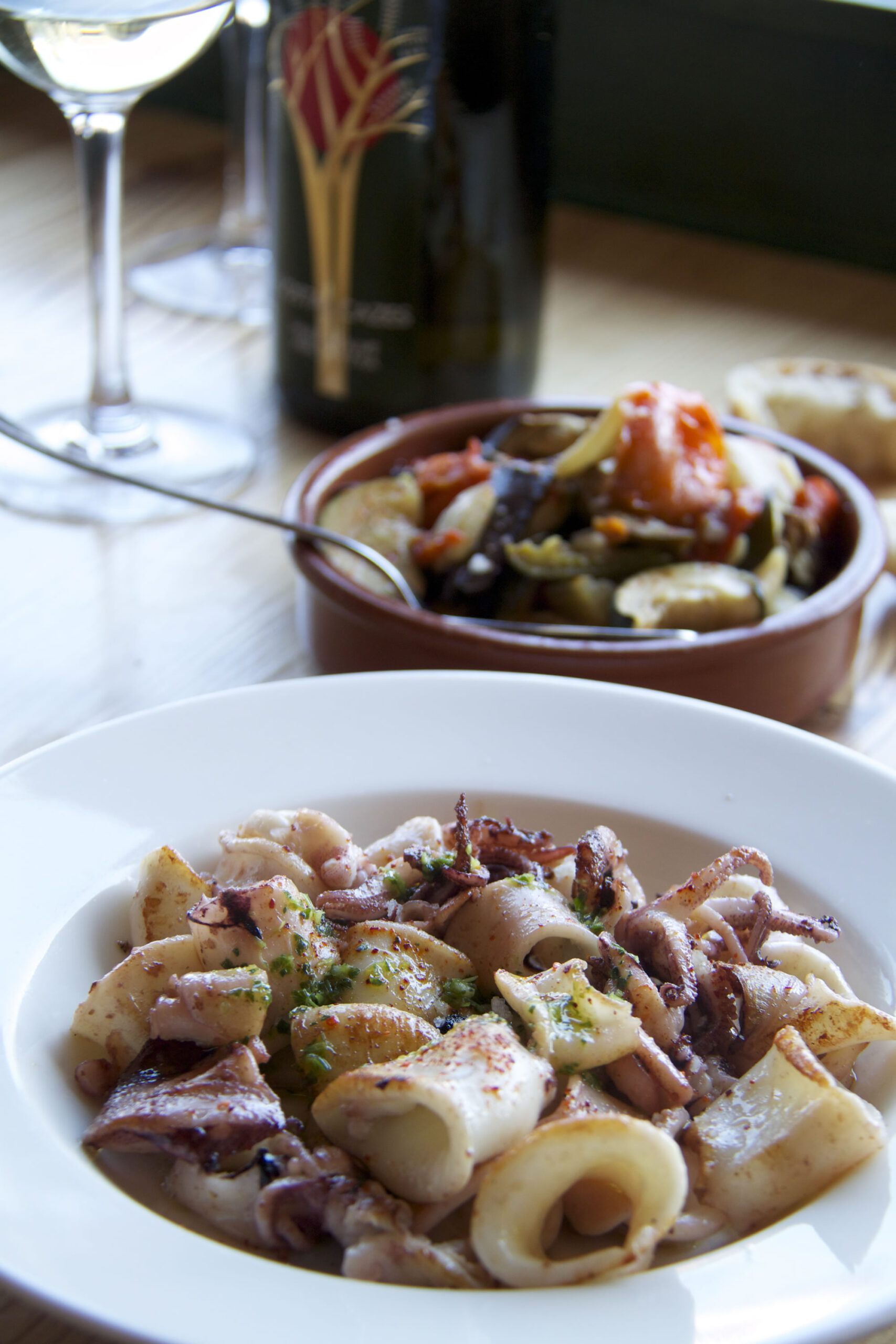
Fresh, delicious fish
This town, like the rest of the area, boasts high quality local produce and gastronomy It offers numerous gastronomic specialties.
As this is a coastal town, it is not surprising that shellfish and fish alike are fresh and delicious. A dish that is very special and also very typical is the ttoro (fish soup). But this is not the only specialty on offer. Other typical dishes includeLuzienne-style bonito, and koskera-style hakeas well as grilled sardines.
![]() International Gastronomic Tourist Destination
International Gastronomic Tourist Destination
DISCOVER THE FIVE REGIONS OF DESTINATION

